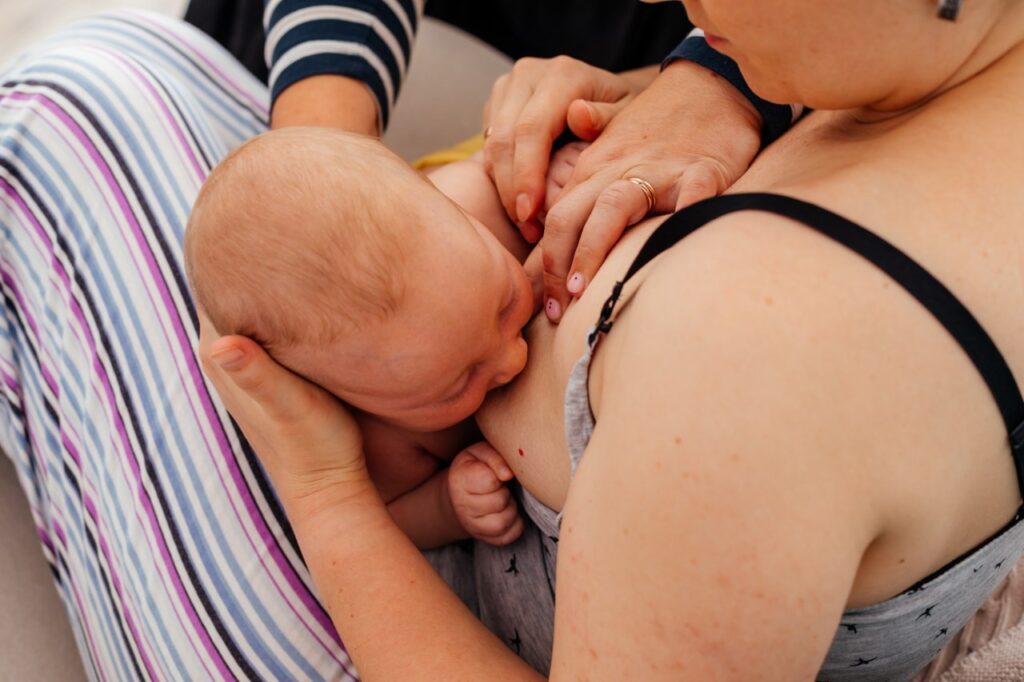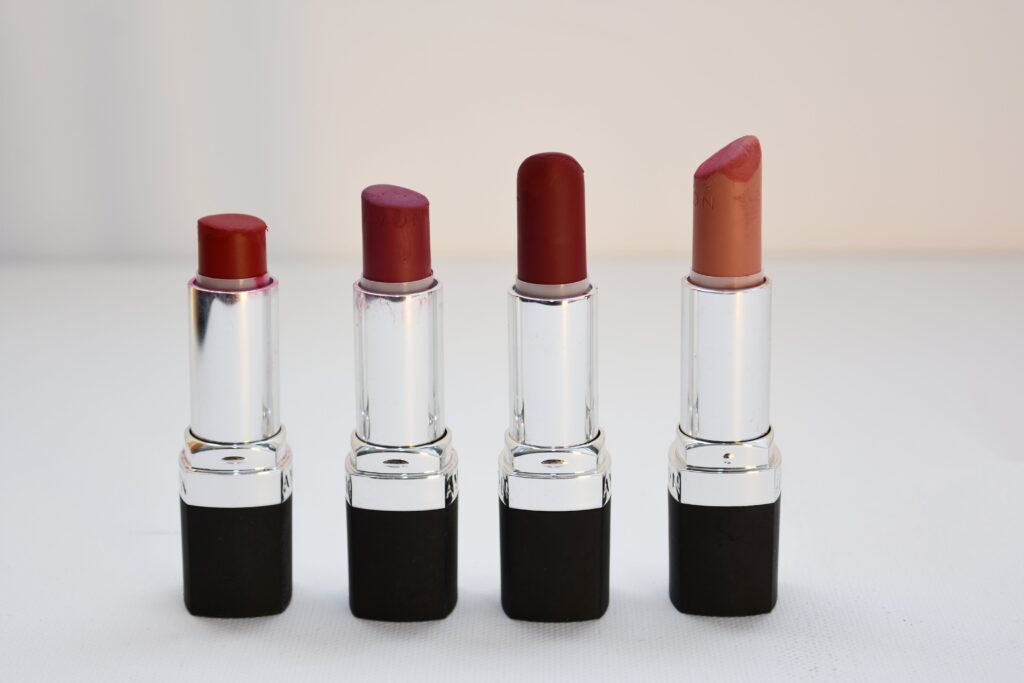Breastfeeding Challenges & Concerns
Early Problems: How to Avoid + How to Heal Potential Problems
Engorgement
The Basics
- hard, painful, swollen breasts – ouch!
- may initially present between days 3-5 post birth when milk transitions from lower volume colostrum to higher volume mature milk
- can reoccur when this is a mismatch between milk production & milk removal


The Causes
- early postpartum engorgement happens due to an increase in blood & lymph fluid to support mature milk production
- may begin to feel overly full when milk is not being moved (by baby or expressing) at regular intervals
- skipping feeds
- skipping pumps
- baby sleeps for a longer stretch
- inability to remove milk
The Treatments
- ice to reduce swelling
- lymph massage to move fluid
- reverse pressure softening: pressing around the areola gently to disperse fluid
- warm shower may help to soften tissue
- hand expressing to get milk flowing & soften the breasts
- get baby feeding often & well
- avoid long stretches between feeds or pumps
- keep the milk moving!




Low Milk Supply
The Basics
- motto: must move milk to make milk
- everyone has different amounts of milk making cells (glandular tissue) & milk refill rates
- milk is made on a demand & supply basis
- 1st milk is colostrum: a specially formulated, low volume milk for a newborn’s tiny tummy
- most people don’t feel flowing milk until it transitions on day 3-5 after birth (see Engorgement above)
The Causes
- mature milk may be delayed in a cesarean or complicated birth
- if milk is not removed with a baby or a pump frequently, your body gets the signal to downregulate milk production
- if the milk cells are constantly full of milk, your brain receives signals to stop making milk
- dehydration – your body needs water to make milk
- hormonal concerns like PCOS may impede the hormonal component to making milk
- previous breast surgery (reduction) may affect the milk ducts or tissue
- insufficient glandular tissue means a lack of milk making cells
- introducing bottles of formula before milk supply is established may fill your baby up and reduce their amount of feeds
The Treatments
- move the milk – at least 8-12x/24 hours
- offer dinner & dessert at each feed (both sides)
- ensure baby is latching properly & actually removing milk
- work with a lactation consultant to boost supply with special pumping/feeding schedules designed to stimulate production
- galactagogues: foods, herbs & medications that can increase supply
- supplementing with donor milk or formula to feed your baby while working on your supply
Sore Nipples
The Basics
- usually presents a few days after a baby starts latching
- look for signs of improper latch before pain starts: nipples may be creased or look like a lipstick
- improper feeding/pumping may lead to bleeding or bruising on the nipples
- may also happen when pumping is initiated and not done correctly

The Causes
- #1 reason is an improper latch
- poor positioning may make a good latch difficult
- oral restrictions like tongue or lip ties can contribute
- pumping too vigorously, too long or with ill fitting flanges
- infections like thrush can be painful in the nipples as well

The Treatments
- fix the latch
- release oral restrictions if necessary to attain a good latch
- soothe the nipples
- lanolin cream for moist wound healing on the nipple
- your own milk is very healing so let it drip on your nipples
- silver nipple shields may heal & prevent infection on wounded nipples

Mastitis Inflammation Spectrum
The Academy of Breastfeeding Medicine released newly updated mastitis protocol guidelines in 2022. The inflammation spectrum is broken down into 3 categories, outlined below.

Swollen Milk Ducts
The Basics
- low level inflammation causes swelling & narrowing of the milk ducts
- may feel sore, small lumps
- very localized
The Causes
- oversupply of milk
- disrupted breast microbiome
The Treatments
- ice & anti-inflammatories
- no massage, heat or trying to remove “plugged ducts” (it is not a plug of milk)
Mastitis

The Basics
- breast tissue is infected
- systemic flu-like symptoms: pain, fever, body aches
- may see red streaks on the infected breast/chest tissue
- very sore & painful on the infected side
The Causes
- oversupply of milk
- disrupted breast microbiome
The Treatments
- ice & anti-inflammatories
- feed or hand express to keep milk moving
- do not overstimulate the infected side
- milk is still fine for baby
- downregulate milk supply
- work with microbiome to rebalance healthy bacteria

Bacterial Mastitis
The Basics
- breast tissue is infected
- systemic with flu-like symptoms: pain, fever, body aches
- may see red streaks on the infected breast/chest tissue
- very sore & painful on the infected side
- not resolving within 24-48 hours with treatment
The Causes
- oversupply of milk
- disrupted breast microbiome
The Treatments
- ice & anti-inflammatories
- feed or hand express to keep milk moving
- do not overstimulate the infected side
- milk is still fine for baby
- downregulate milk supply
- work with microbiome to rebalance healthy bacteria
- may add in antibiotics per healthcare provider’s advice
Milk Making Resources
Support for all stages of your lactation journey is available in many different platforms.
PODCASTS:
- The Milk Minute
- The Badass Breastfeeder
- Spilling the Milk
- Breastfeeding Outside the Box
- The Boob Group
BOOKS:
- Work Pump Repeat by Jessica Shortall
- Latch by Robin Kaplan
- Boobin’ All Day, Boobin’ All Night by Meg Nagle
APPS:
- LactRx for medications
- Medela Family Baby Tracker
- iLet Down
- Latch ME
- Breastfeeding Solutions

